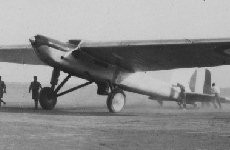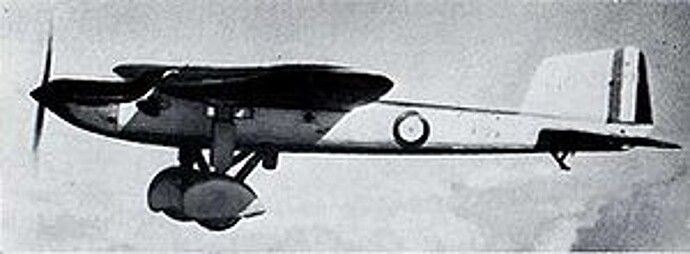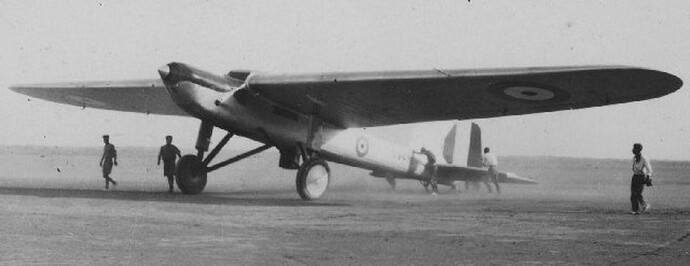Good Morning Carson,
I hope that you are well and enjoyed your spot of gardening at the weekend.
This latest offering of yours unfortunately has me a little stumped. High wing cantilever design, 1920’s perhaps? A milestone in aviation history? I thought that maybe it was the use of the Cantilever wing (Hugo Junkers 1915).
Obviously this design came to fruition in the 20’s, apart from that I’m at an empasse. A clue perhaps. Cheers.








